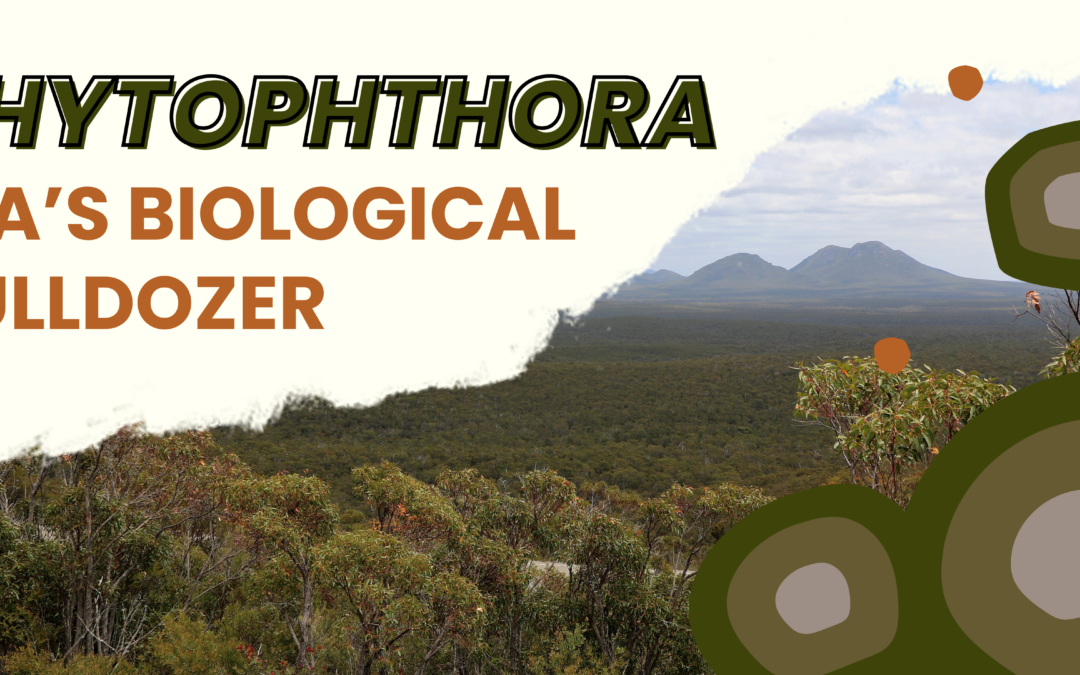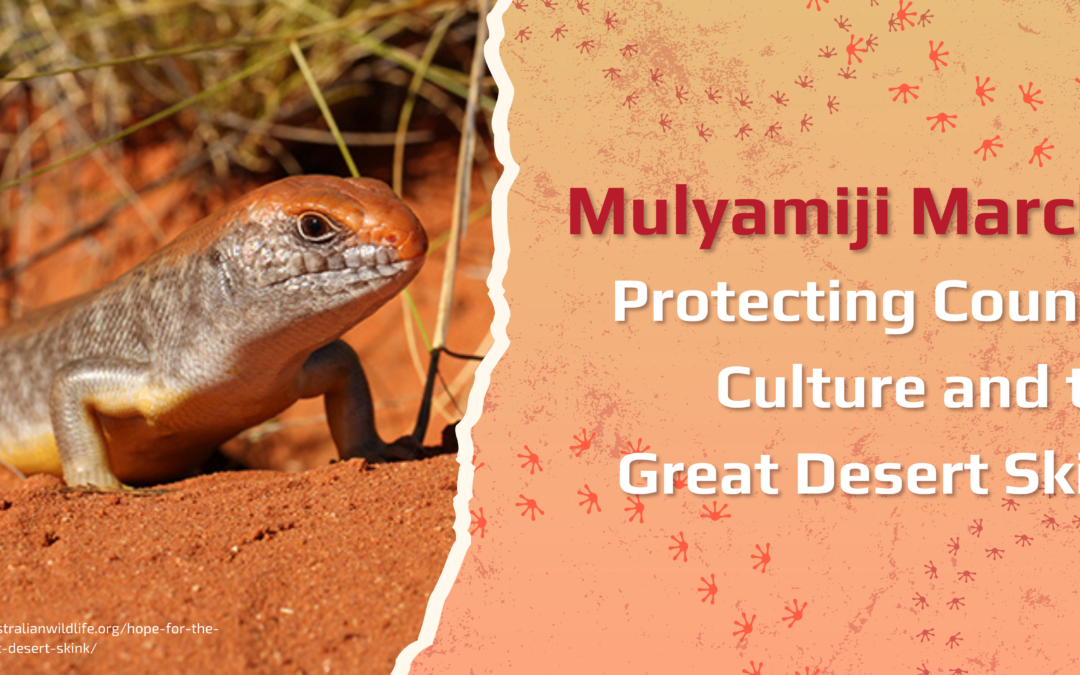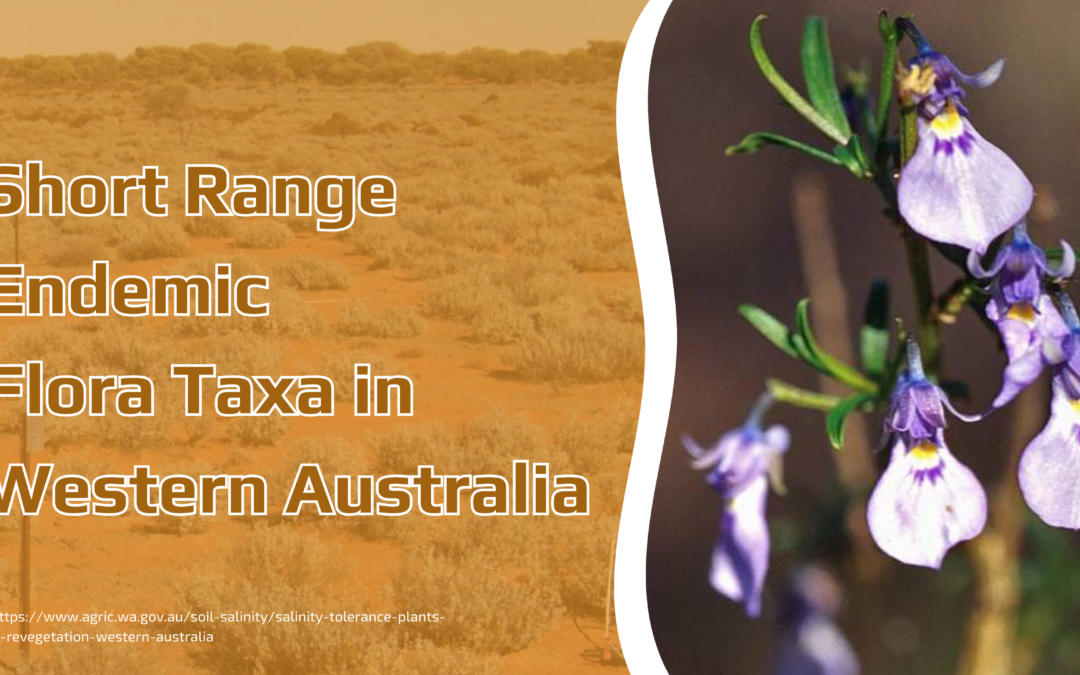
by Amy Martin | Apr 4, 2024 | Environment
The name Phytophthora comes from the Greek meaning “plant destroyer”. Sadly, this is a pretty accurate description of what this plant pathogen is doing to native vegetation across the southwest of Western Australia. Phytophthora dieback is a highly destructive plant...

by Briana Marino—Environmental Scientist (Graduate) | Mar 1, 2024 | Community, Environment, First Nations
While the weather generally starts to cool down in Perth during March, the Western and Central deserts remain hot, and it is time for Mulyamiji March. Mulyamiji is the Manyjilyjarra name for the Great Desert Skink (Liopholis Kintore); it is a reptile native to the...

by Zerianna Edwards – Environmental Scientist (Graduate) | Feb 29, 2024 | Environment
An endemic species is only found in a single geographic location, such as an island, country, state, bioregion, or subregion (Iberdrola, 2024). The extent of this geographic location is referred to as the species range. When the range is restricted to less than...

by Lidio Schiochet Jr — Environmental Specialist | Jan 23, 2024 | Environment
Imagine a world where Nature is actively restored and thriving. This vision, known as Nature Positive, and it stands as a stark contradiction to the current reality of increasing biodiversity loss. With over one million known species at risk of extinction, the needs...

by Rebecca Lim – Business Support Officer | Dec 18, 2023 | Community, Environment
Amidst the bustling holiday season, pause for a moment to contemplate your purchases. Consider the materials utilized, the manufacturing process, the individuals involved, the production location, and the packaging and shipping methods. This thoughtful reflection...






